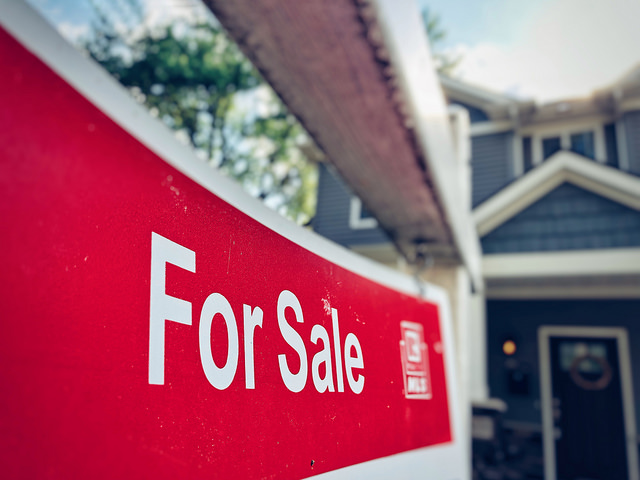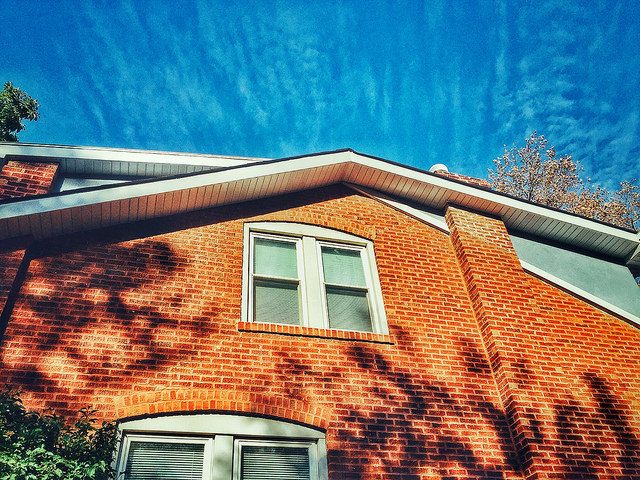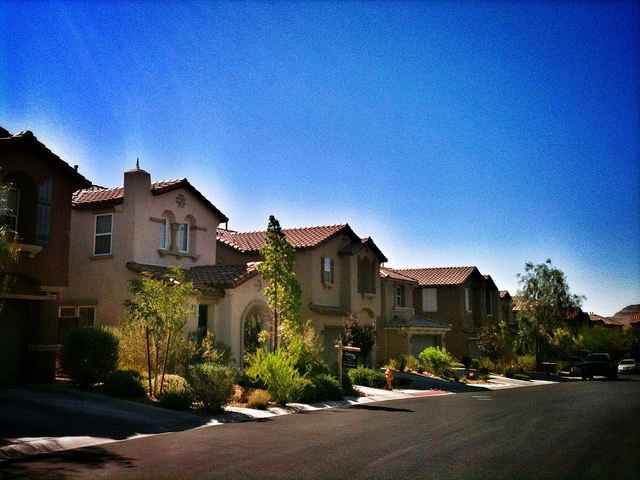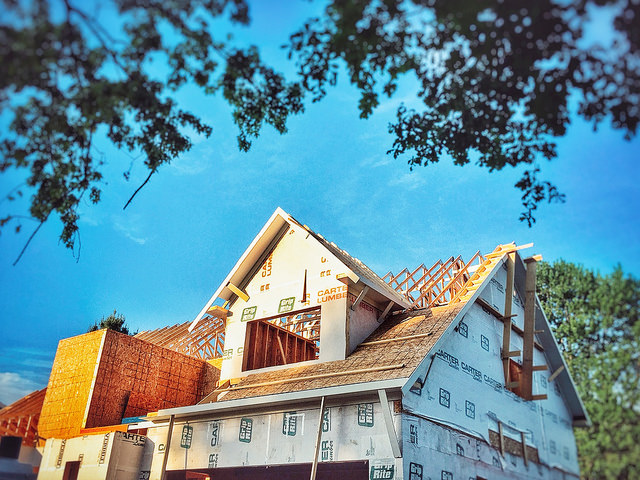When the economy was struggling following the financial crisis and housing crash, interest rates were kept low to encourage economic activity. However, as the economy and job market have improved, the Fed has gradually begun to raise rates. This is part of the reason mortgage rates are higher than they were last year at this time. But, though there has been a slight upward trend, more recently, rates have been somewhat flat. Joel Kan, the Mortgage Bankers Association’s VP of economic and industry forecasting, told CNBC there’s a reason for this and it can be seen in the results of the MBA’s most recent measure of mortgage application demand. “Treasury yields were up slightly thanks to the Fed signaling more rate hikes this year, the strong economy, and low unemployment,†Kan said. “But continuing trade tensions between the U.S. and China kept Treasury rates down, which meant mortgage rates were unchanged from the week before.†In short, though the economy is strong, global economic uncertainty has been keeping rates from moving significantly higher in recent weeks. Still, despite flat rates, the MBA found demand for mortgage loans was also relatively unmoved from one week earlier. More here.













